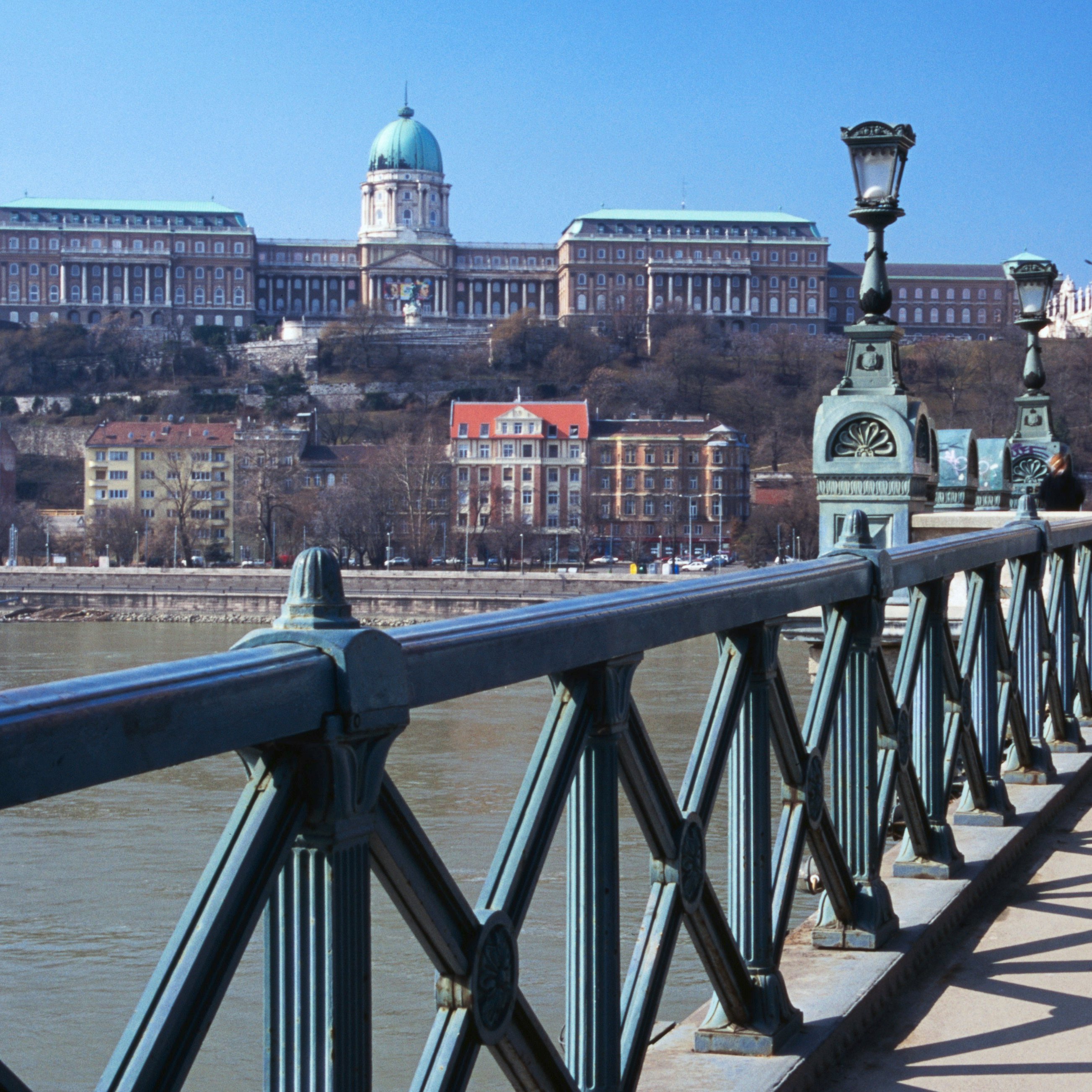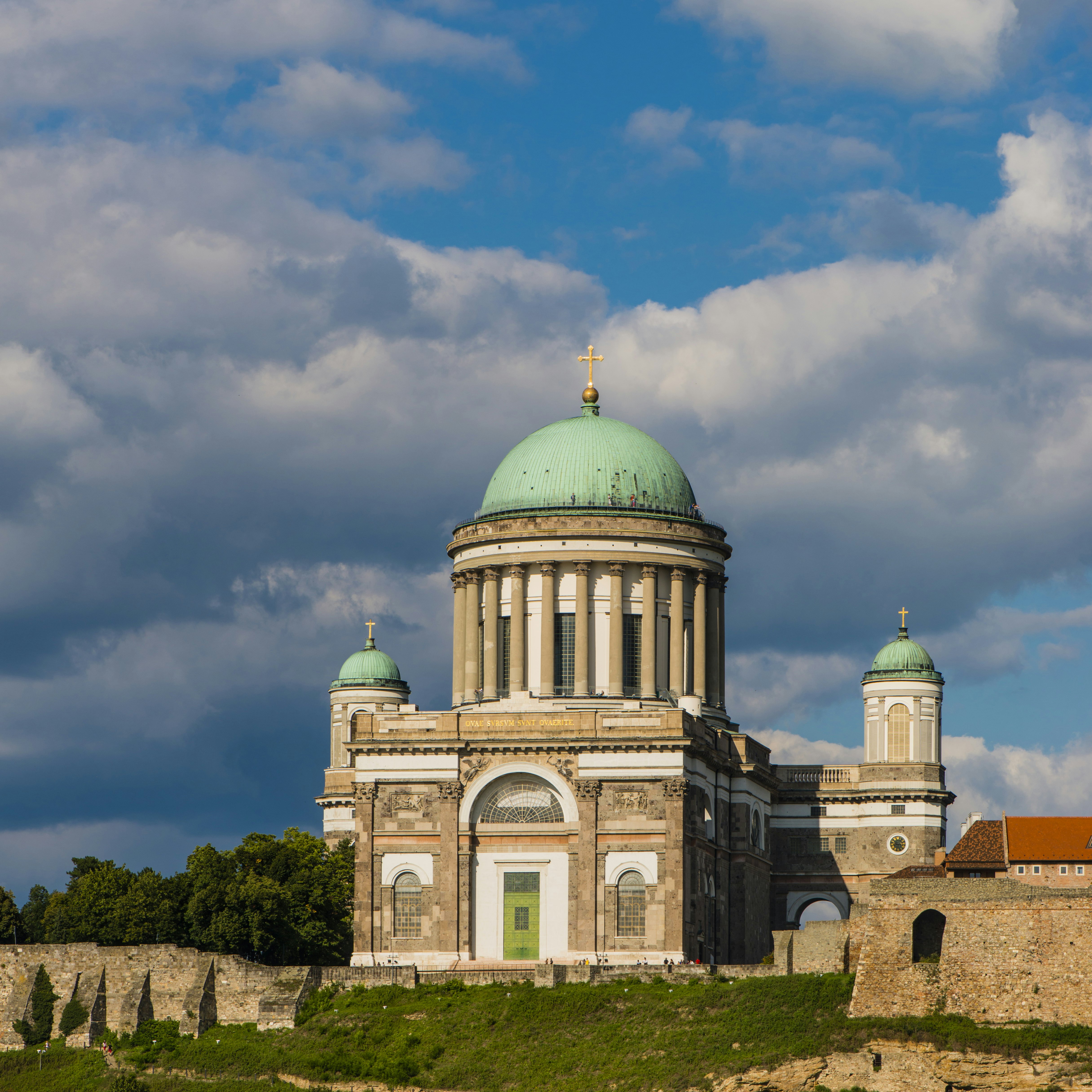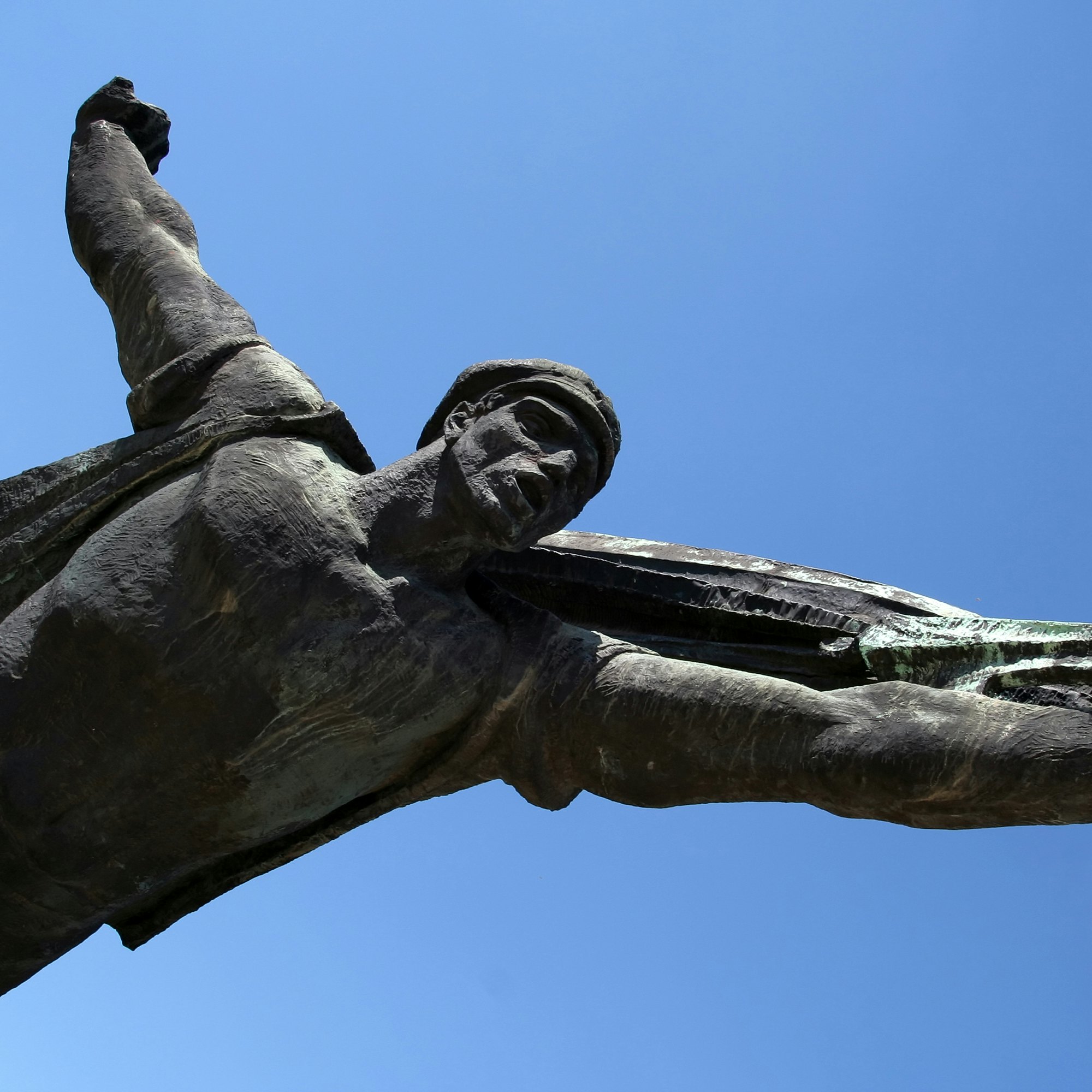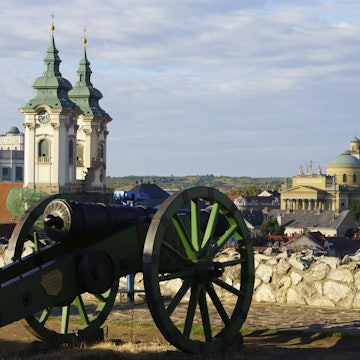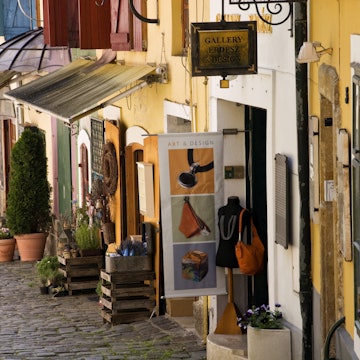

Overview
Stunning architecture, vital folk art, thermal spas and Europe's most exciting capital after dark are Hungary's major drawing cards.
Plan your trip with Guide, an AI travel planner!
Create a personalized trip itinerary in seconds using artificial intelligence.
Must-see attractions
Planning Tools
Expert guidance to help you plan your trip
Best Places to Visit
Hungary has many attractions worth exploring.
Read full article
Get a book. Get inspired. Get exploring.
in partnership with getyourguide





